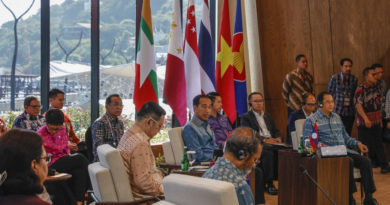OP ED EDITORIAL CARTOONS: … BANNED
ASEANEWS EDITORIAL CARTOONS:
PHILIPPINE NEWS EDITORIALS:

.
The Manila Times – …. BANNED
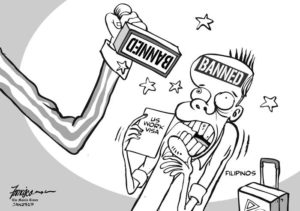
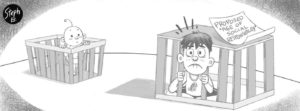
.
The Philippine Star – Mamasapano remembered
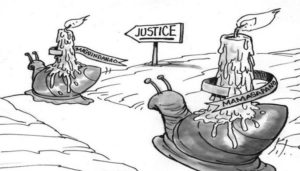
Pilipino STAR Ngayon – May pagdadalhan na ba sa mga ‘batang ligaw’?

SINGAPORE’S The Straits Times

The Straits Times says
Space for broader US-China cooperation
It probably came as a pleasant surprise to the wider space science community to learn that the United States space agency Nasa is working with the Chinese on their lunar landing research despite ongoing rivalry and tensions over a broad swathe of issues – from trade and technology to intellectual property and auto imports. Collaboration between two of the world’s leading space nations can only be good for space exploration and research. But questions remain as to whether the coming together will have a positive impact on other critical areas of the relationship where Washington and Beijing are still at loggerheads. Nasa announced the cooperation last Friday after the Chang’e-4 probe successfully landed on the far side of the moon on Jan 3 – a first for any nation, and a significant technical achievement. The US agency obtained approval from Congress to broach cooperation. And therein lies the rub.
Since 2011, Nasa has been banned from bilateral cooperation with the Chinese by a clause in the agency’s funding Bill because of what was seen as China’s theft of US technology. Congressman Frank Wolf, who introduced the legislation, said the US did not want to give China the opportunity “to take advantage of our technology, and we have nothing to gain from dealing with them”. But with its own moon programme discontinued – and restarting only next year – there are things the US can learn from the lunar landing. A year before China’s mission, Nasa discussed collaborating. It asked that Chang’e-4 carry a Nasa beacon to the moon, and that the life of the relay satellite – needed for the far-side exploration – be extended for the US’ own mission to the moon’s dark side. Nasa also asked China to share information on the landing – which the Chinese did. But the Chang’e-4 did not take a US beacon, although it carried scientific equipment for four other countries. The collaboration, while a good start, is limited to the collection, exchange and analysis of data from the lunar probe.
TO READ THE FULL ARTICLE:
https://www.straitstimes.com/opinion/st-editorial/space-for-broader-us-china-cooperation
.
THAILAND’S Bangkok Post – OPINION
Solve Mekong killings case
ADS by Cloud 9:
.
– SPACE RESERVE FOR YOUR ADVERTISEMENT –
.
.
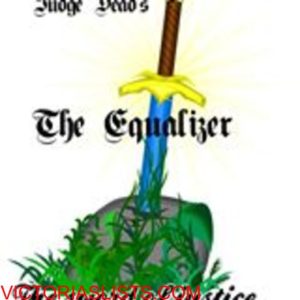 All photographs, news, editorials, opinions, information, data, others have been taken from the Internet ..aseanews.net | [email protected] |.For comments, Email to :D’Equalizer | [email protected] | Contributor
All photographs, news, editorials, opinions, information, data, others have been taken from the Internet ..aseanews.net | [email protected] |.For comments, Email to :D’Equalizer | [email protected] | Contributor









